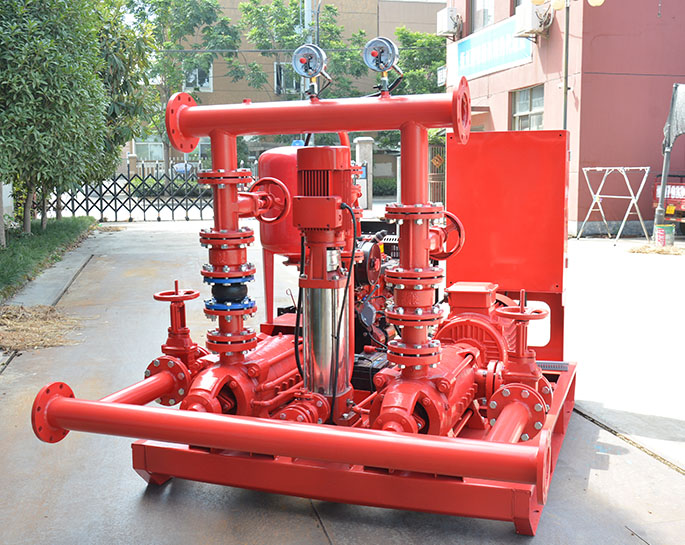What are the characteristics of the packing seal of the fire pump?
The packing seal in a fire pump is an alternative type of sealing mechanism used to prevent water or fluid from leaking along the pump's shaft. Unlike a mechanical seal, which uses rotating and stationary faces, a packing seal employs compressible packing material to create a seal around the shaft. Here are the main characteristics of the packing seal in a fire pump:
-
Compression Packing Material: The packing seal consists of braided or molded packing material, typically made of materials like graphite, PTFE (polytetrafluoroethylene), aramid, or other fibers. The packing is wrapped around the pump shaft in a gland and compressed tightly to form a seal.
-
Leakage Prevention: The primary function of the packing seal is to prevent water or fluid from leaking along the pump shaft. When properly installed and adjusted, the packing material creates a barrier between the shaft and the pump casing, effectively containing the fluid being pumped.
-
Adjustable Compression: The packing seal requires periodic adjustment to maintain its effectiveness. The gland, which holds the packing, can be tightened or loosened to control the compression of the packing material. Proper adjustment ensures an optimal seal without excessive friction on the shaft.
-
Heat Dissipation: Packing seals can handle higher temperatures compared to some mechanical seals because they allow for some heat dissipation through the packing material. This characteristic is beneficial in applications where high-temperature fluids are being pumped.
-
Compatibility: Packing seals are versatile and can be used in various pump shaft sizes and materials. They can accommodate slightly misaligned shafts, making them suitable for certain applications.
-
Cost-Effectiveness: Packing seals are generally more cost-effective than mechanical seals, making them a preferred choice in certain industries or specific applications.
-
Maintenance and Leakage: Packing seals may require more frequent maintenance compared to mechanical seals. Over time, the packing material may wear and lose its effectiveness, leading to some minimal leakage. Regular inspection and replacement of the packing material are essential to ensure a reliable seal.
-
Fluid Compatibility: The packing material should be compatible with the fluid being pumped. Different packing materials are available to suit various types of fluids, whether they are corrosive, abrasive, or non-abrasive.
-
Limitations: Packing seals may not be as effective as mechanical seals in applications where very low leakage rates are required. Additionally, excessive tightening of the packing can lead to increased friction and wear on the shaft, reducing pump efficiency and increasing maintenance needs.
Fire pump manufacturers may offer the choice between a mechanical seal and a packing seal based on the specific requirements and preferences of the customer or the intended application. Both sealing methods have their advantages and limitations, and the selection depends on factors such as the type of fluid being pumped, operating conditions, maintenance resources, and cost considerations.


.png)
.png)

.png)


